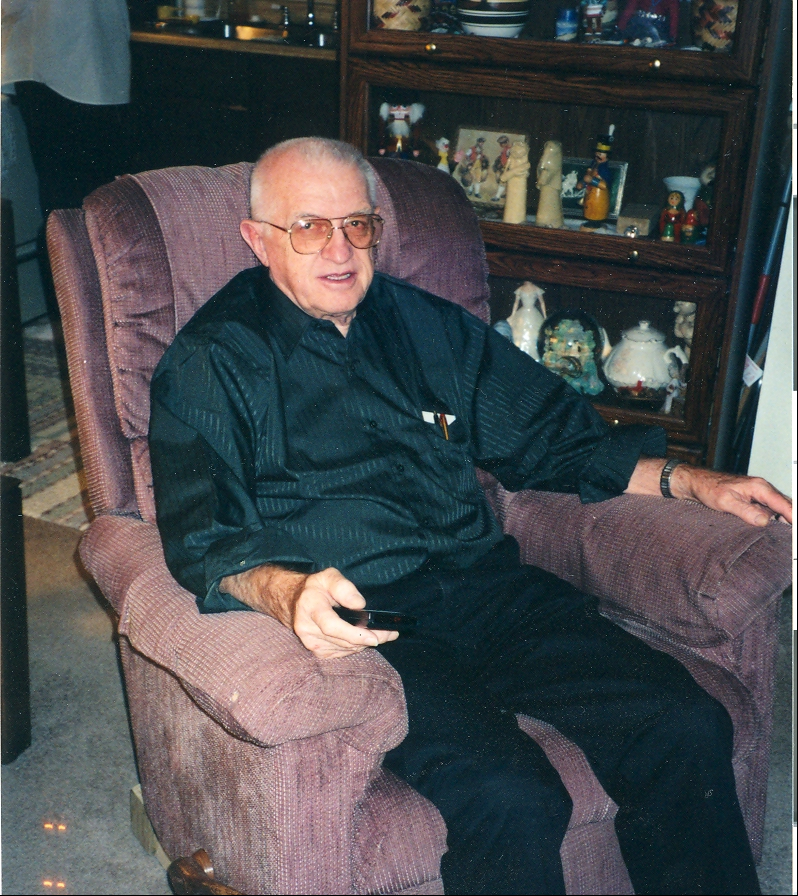This is a Cemetery
Author unknown
Lives are commemorated ... deaths are recorded ... families are reunited ... memories are made tangible ... and love is undisguised. This is a cemetery.
Back of grave of Charles Lee Butler - Lou's brother
Communities accord respect, families bestow reverence, historians seek information and our heritage is thereby enriched.
Etta Lorene Carpenter - Leona's mother
Testimonies of devotion, pride and remembrance are carved in stone to pay warm tribute to accomplishments and to the life -- not death -- of a loved one.
Don and Leona at grave of Ream Carpenter - Leona's father
The cemetery is homeland for family memorials that are a sustaining source of comfort to the living.
Mable & Jess Butler - Lou's parents
Charlotte Carpenter Butler & Charles Butler
Leona's sister - Lou's brother
A cemetery is a history of people -- a perpetual record of yesterday and a sanctuary of peace and quiet today. A cemetery exists because every life is worth loving and remembering -- always.










